Croatia Jewish Tour | Jewish Heritage Travel in Croatia
If you’re looking for a specialized, carefully tailored Jewish tour of Croatia, you’ve come to the right place. Our Jewish heritage tour of Croatia is part of our broader journey through the rich Jewish heritage of the Western Balkans. Our 12-day Jewish heritage travel itinerary takes you on an in-depth exploration of the rich Sephardic and Ashkenazi culture, history, and traditions of Bosnia, Croatia, Slovenia, and Trieste.
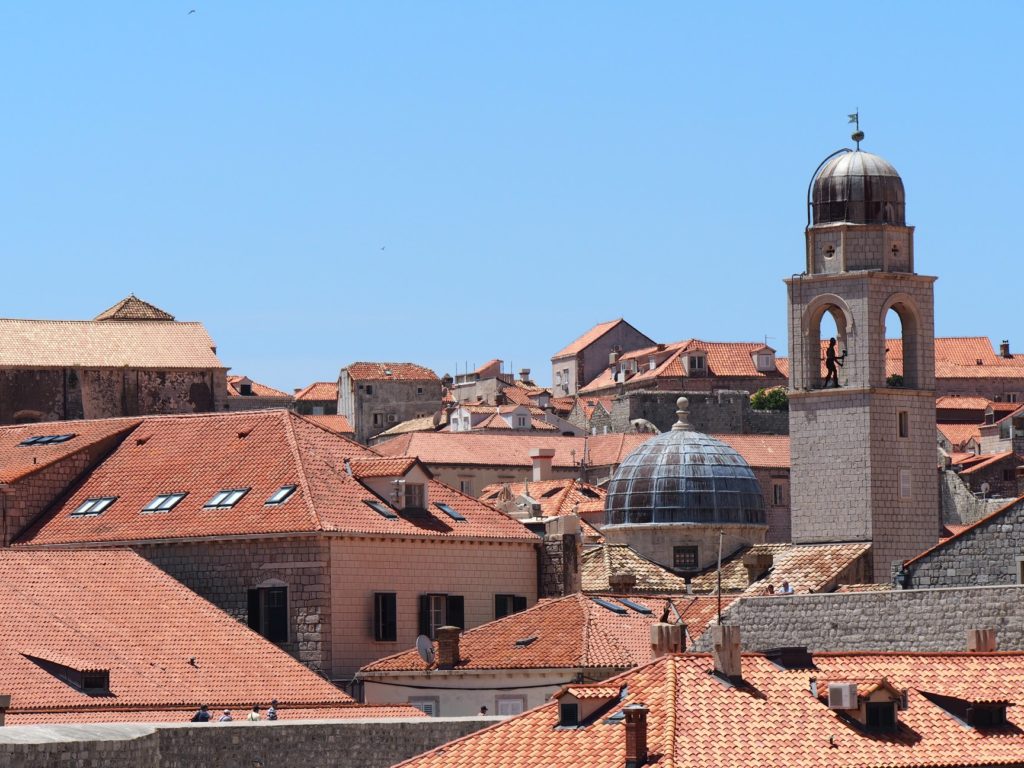
Dubrovnik, Croatia 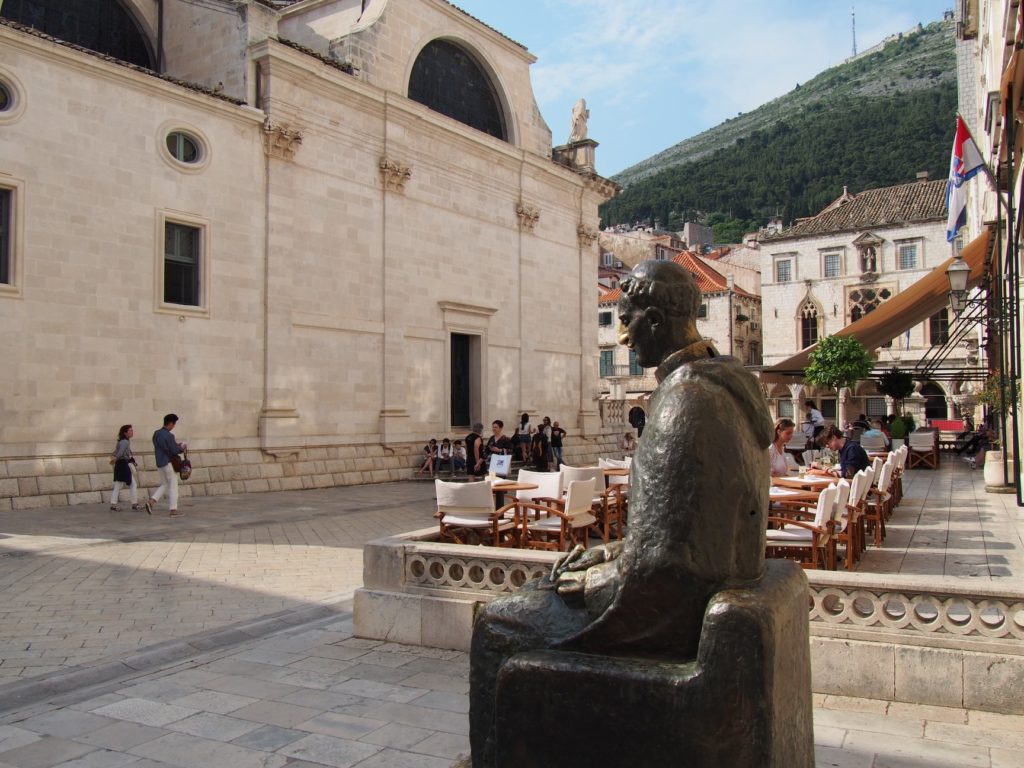
Dubrovnik, Croatia 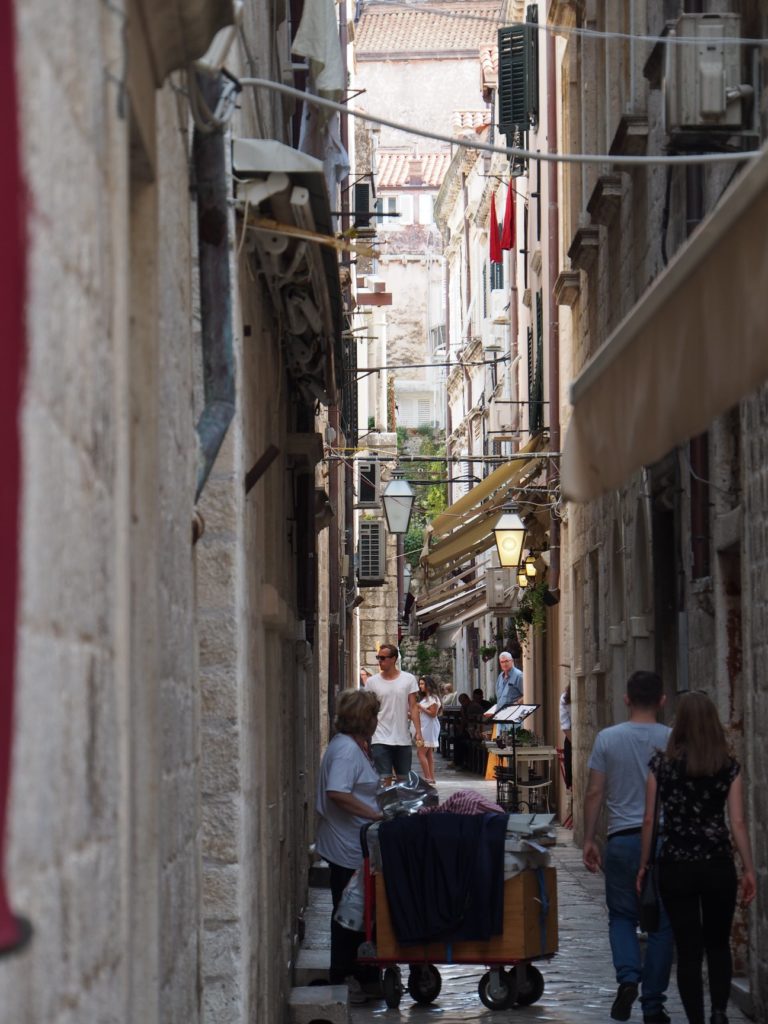
Dubrovnik, Croatia
One notable highlight of our Croatian Jewish tour includes Dubrovnik, Croatia’s undisputed coastal gem. Part of our walking tour includes a visit of the Dubrovnik Jewish museum, housed in the enchanting 1532 Dubrovnik synagogue, the second-oldest active synagogue in Europe (after the one in Prague). Right next door to the synagogue, you may find hard to resist the temptations of a lovely small Judaica shop. In the 16th and 17th centuries, the most prominent Jewish family in Dubrovnik was that of the illustrious rabbi Aaron ben David ha-Koen (from Florence). Buried at Dubrovnik’s Jewish cemetery is rabbi Jacob Pardo (grandson of rabbi David Pardo of Sarajevo), who served the communities of Ragusa and Spalato (Split). We’ll walk along Dubrovnik’s Stradun thoroughfare, the town’s enchanting alleyways, and the romantic port. During your free time you can walk along the city walls, take a short boat ride to nearby Lokrum islet, or enjoy the charm of the old town.
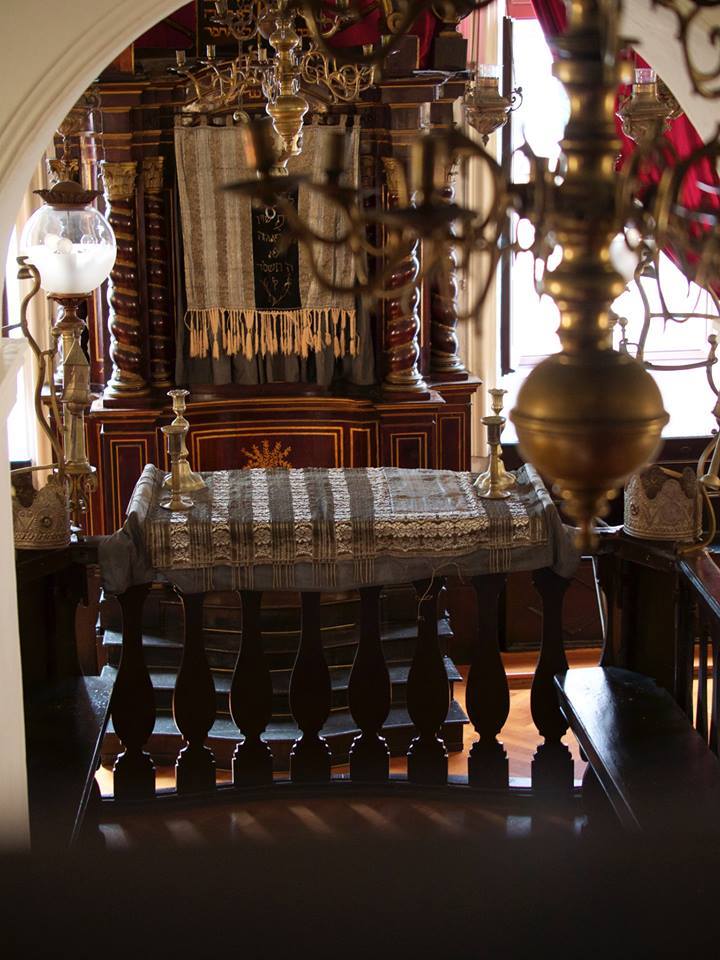
Dubrovnik Synagogue 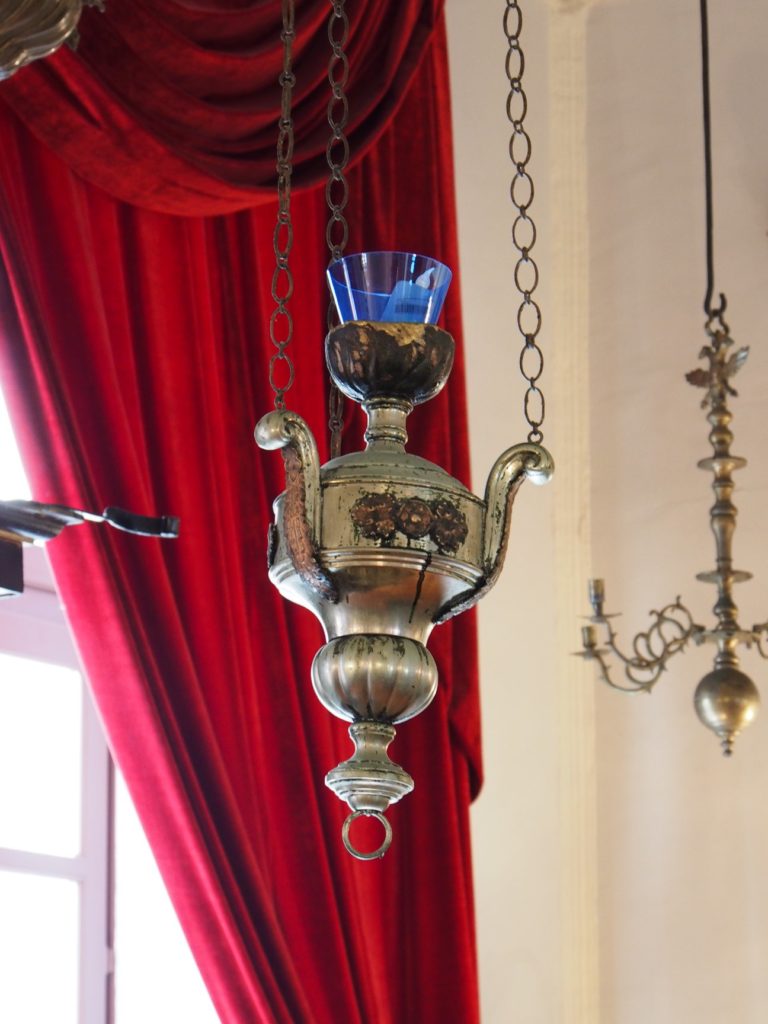
Dubrovnik Synagogue, Croatia 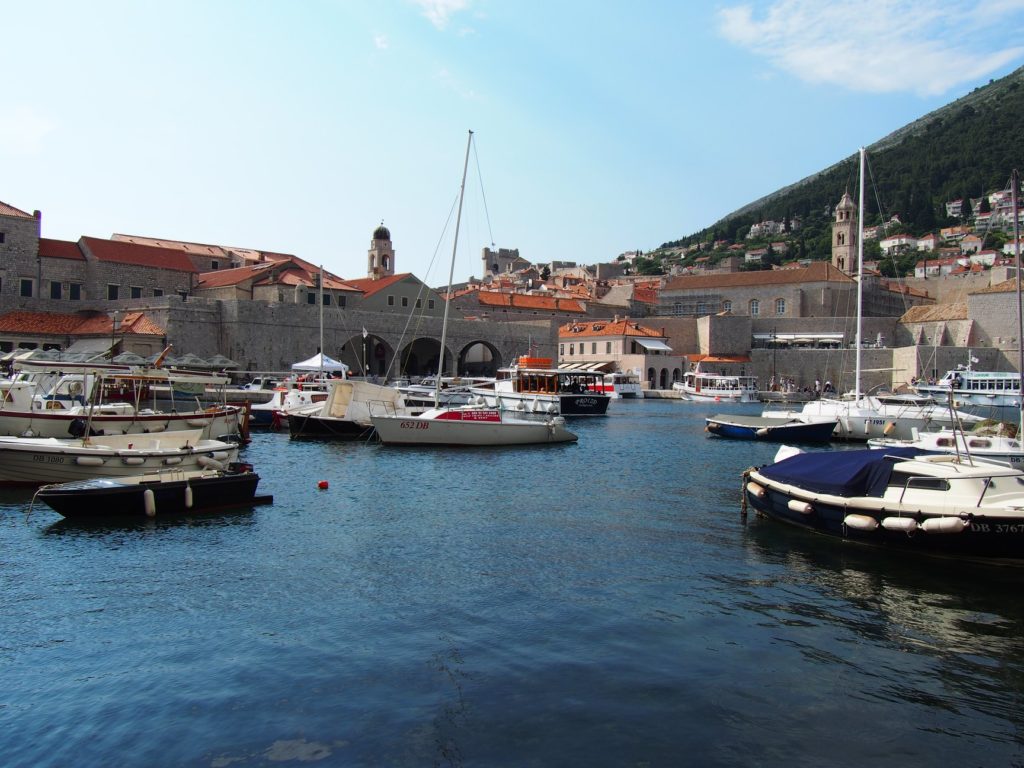
Dubrovnik, Croatia
Our drive along the gorgeously scenic Adriatic coast meanders through sun-drenched vineyards, craggy cliffs, medieval fortified towns, Franciscan monasteries, and oyster farms. Our next stop on our Croatian Jewish tour is the port city of Split, Dalmatia’s bustling capital and the second-largest city in Croatia.
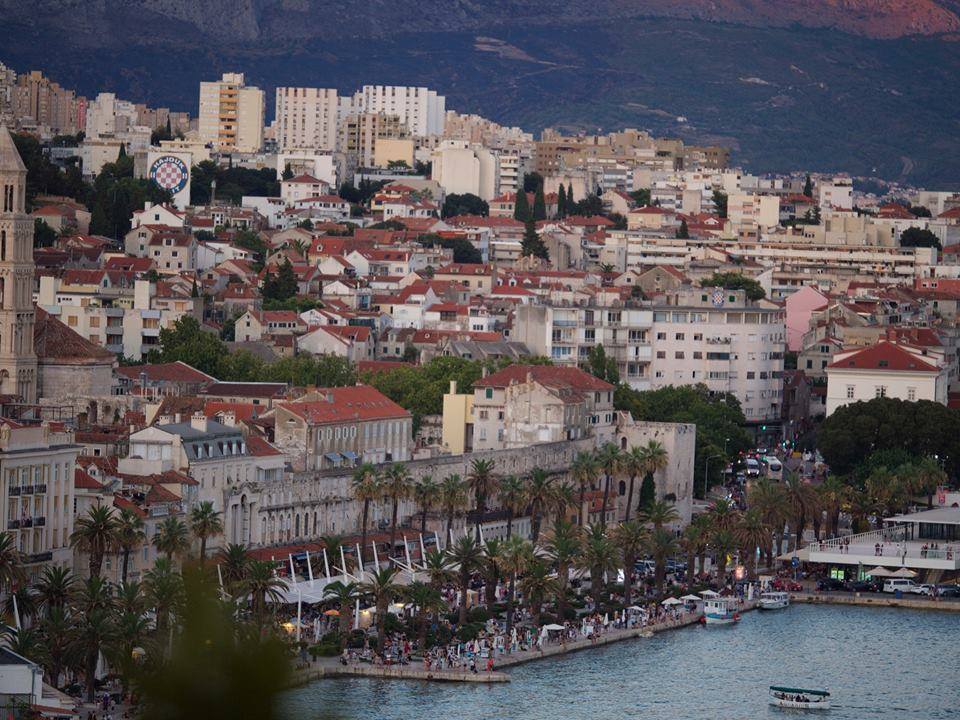
Split, Croatia 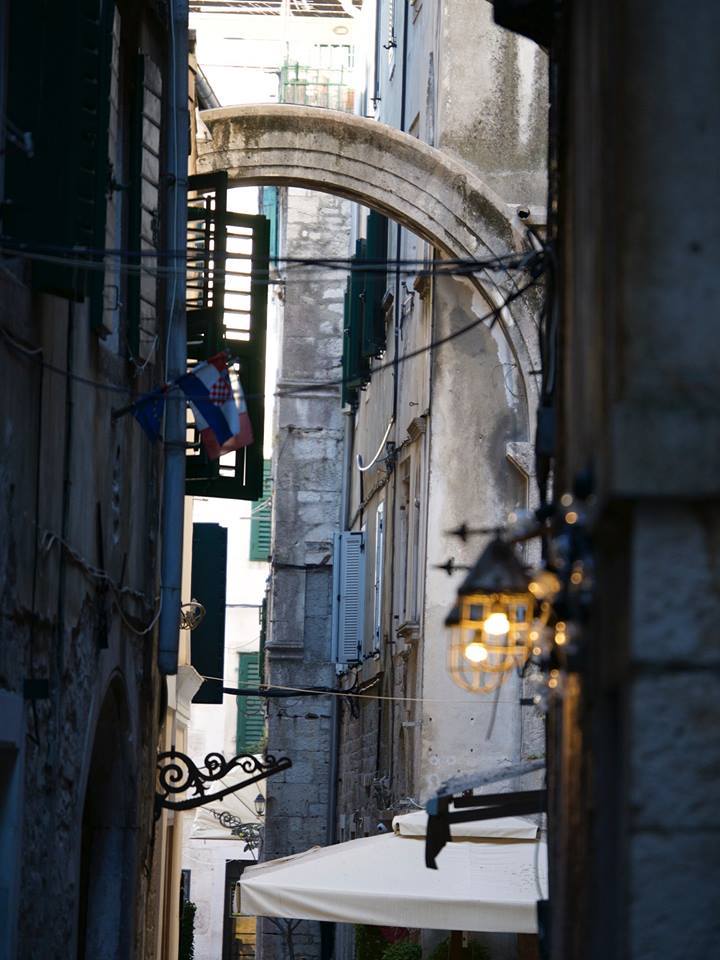
Split, Croatia 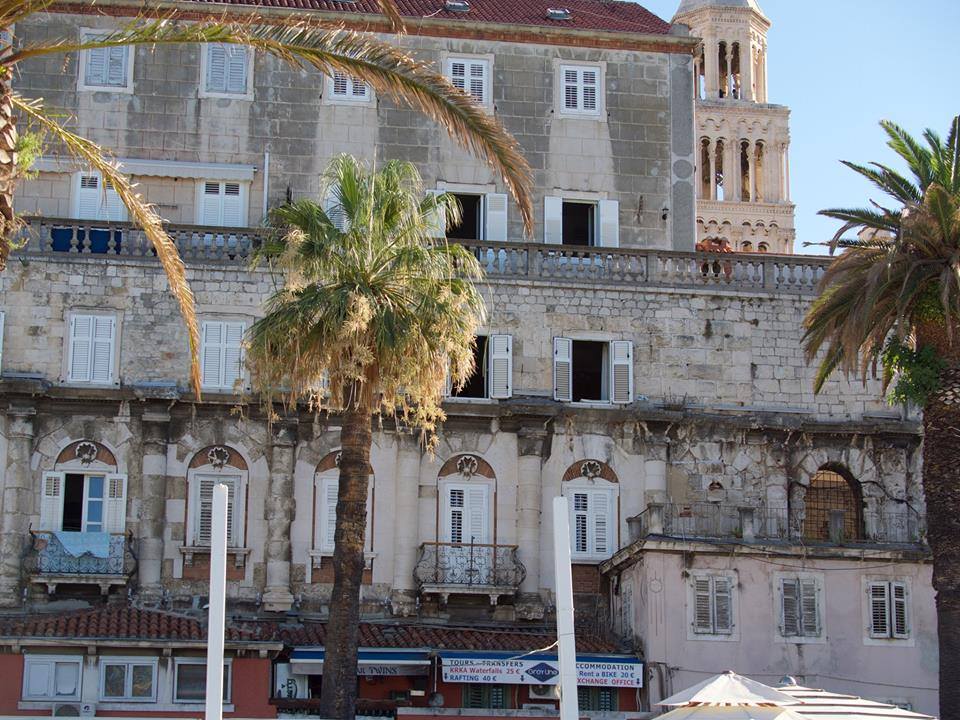
Split, Croatia
Our Jewish tour of Split will take us up the steep steps of the spectacular 16th-century Split synagogue. Members of the Split Jewish community gather regularly at the Jewish community center, also located on the synagogue premises, and you might very well strike up an informal conversation with a member of the community. As we walk the narrow streets of Split, we’ll go through the historic Jewish neighborhood, converted into a ghetto from the mid-1700s until Napoleon’s arrival in 1806. Romaniote Jews lived in nearby Salona (no connection to Salonica) in the 3rd century. In the middle of the 7th century they moved to the court of Diocletian, soon to become the town of Split. During the Middle Ages the Jewish merchants of Split and Ragusa (Dubrovnik) served as trade brokers between Dalmatia, Italy, and regions along the Danube. In the 16th century there were two distinct Sephardi communities in Split: the Eastern/Levantine from Ottoman lands and the Western – or Ponentine – Sephardim from Italy. One of the most prominent Ashkenazi families were the Morpurgos of Maribor. The historic Morpurgo bookstore still stands in the heart of the old town (though currently closed). Probably Split’s most prominent Sephardic Jew in the 16th century was Daniel Rodriguez. In 1592, he was able to establish a free port in Split, and a street bearing his name is located in the heart of the historic Jewish neighborhood. Our Split walking tour also includes Diocletian’s Palace, where menorah engravings are clearly visible on the walls. We will also stop by the fish market, walk up to the enchanting Jewish cemetery, and enjoy a panoramic vista of the city and its port.
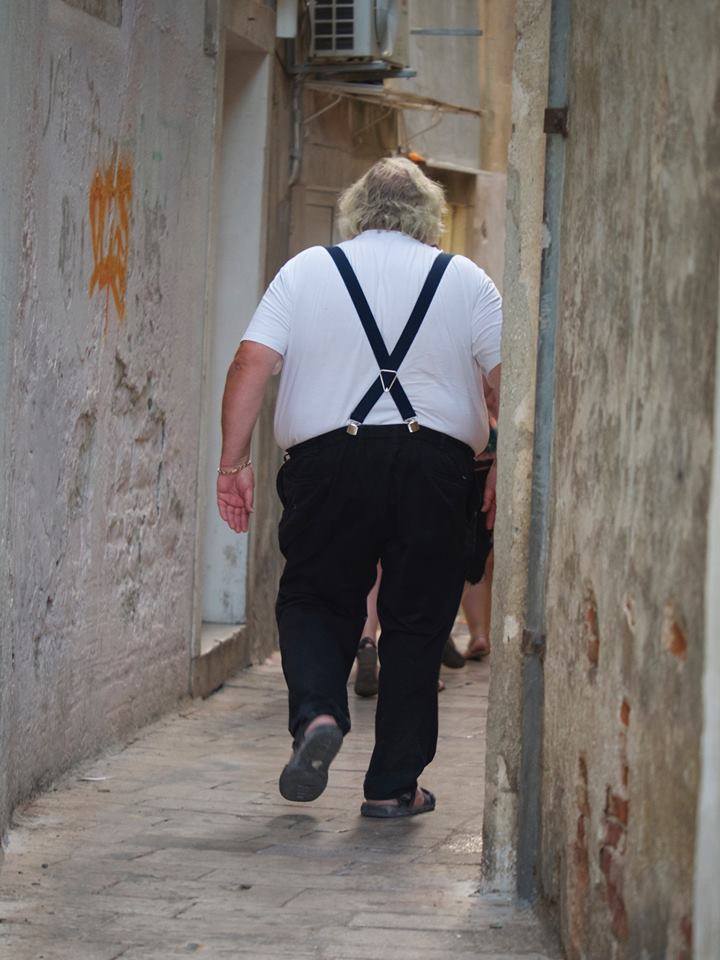
Split 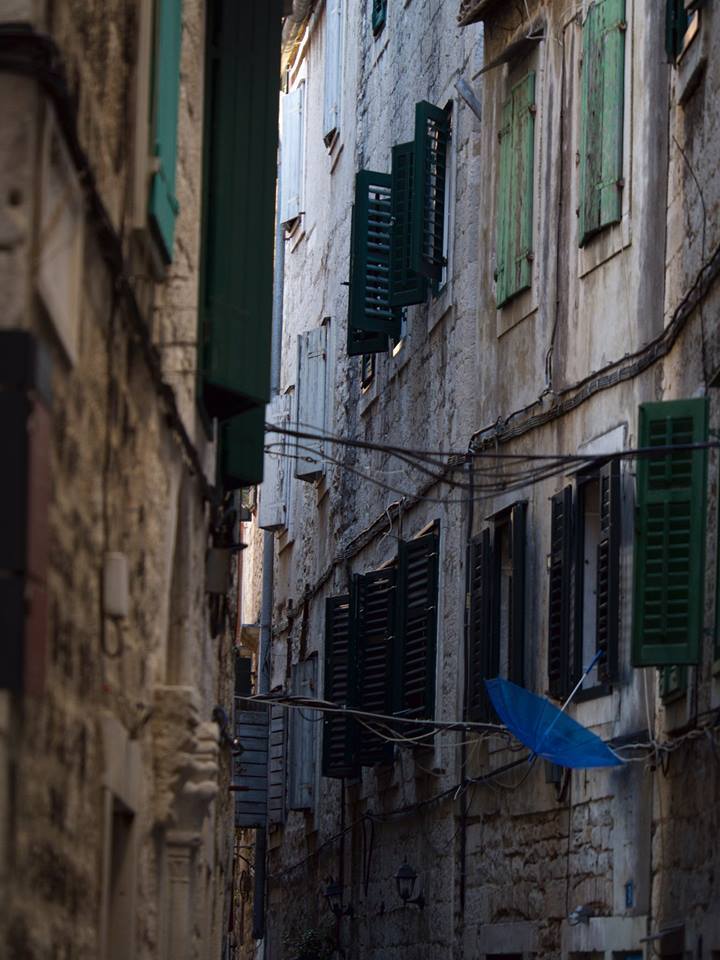
Split, Croatia 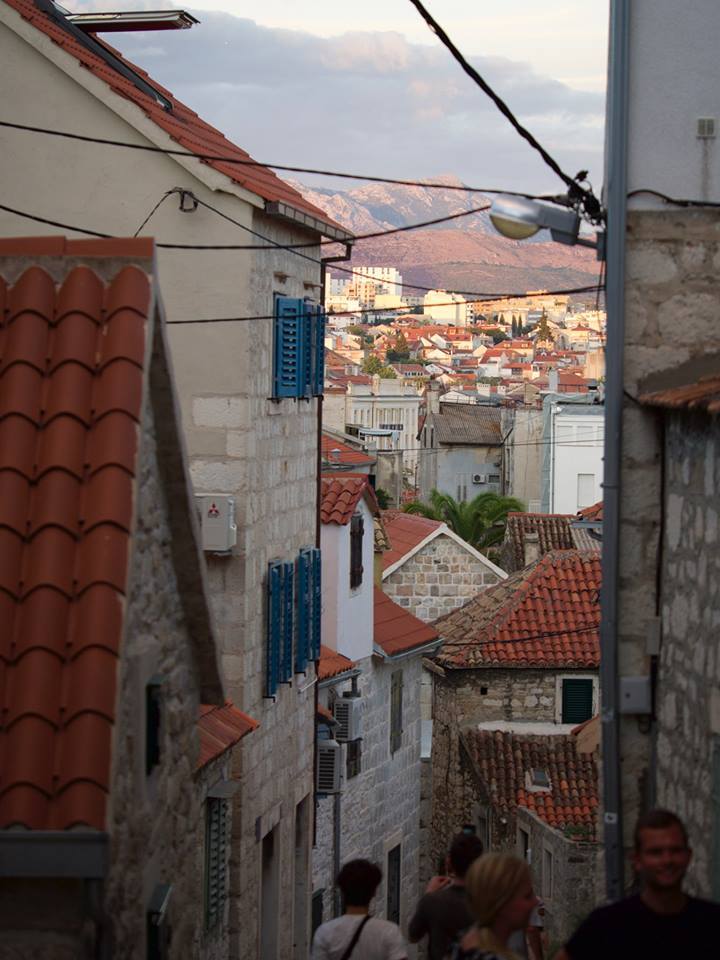
Split, Croatia
The majority of Croatia’s Jews live, of course, in the nation’s capital, Zagreb, another important stop on our Croatia Jewish tour. The earliest Jewish settlers here date back to the 10th century and include two prominent Jewish emissaries, Mar Saul and Mar Joseph, to the king of the Khazars. In the late medieval period, Jews arrived from lands as disparate as Albania, Malta, France, Hungary, and Moravia. From the mid 18th century, the Jewish community was comprised of settlers from Hungary, Moravia, Bohemia. Today Zagreb is home to the country’s largest Jewish community, whose 1867 synagogue was demolished by the Ustashe in 1941. You are likely to fall in love with the city’s unique vibe, a particular blend of Central European and Mediterranean charm. Our walking tour of the city includes the iconic Jelačića Square, the Dolac marketplace, the historic 19th century Tkalčićeva street, the arrestingly baroque Upper Town, and much more.
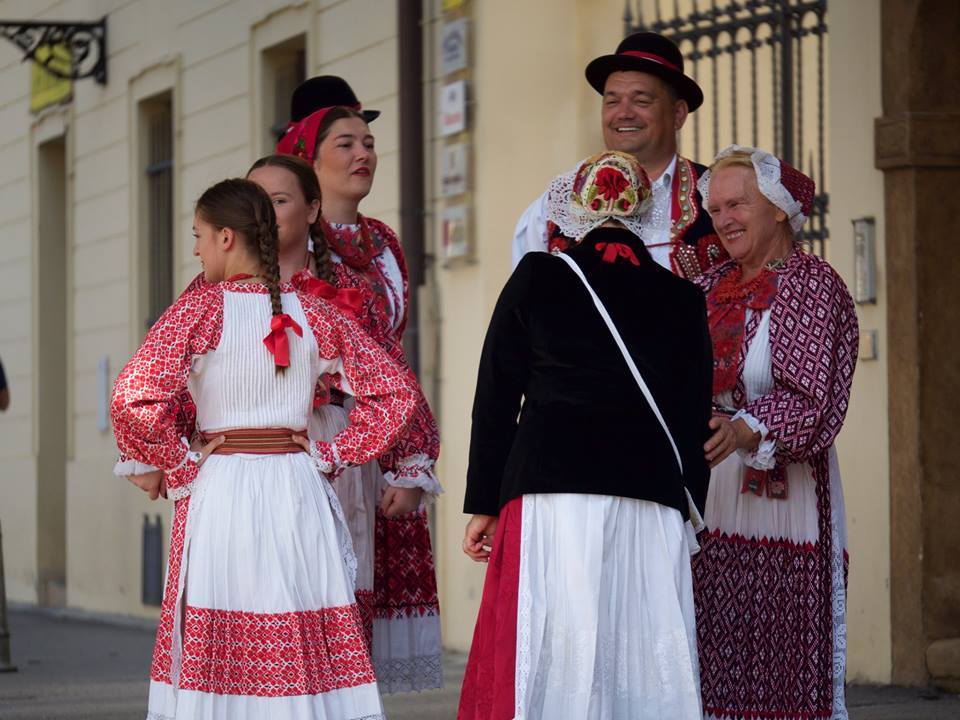
Zagreb, Croatia 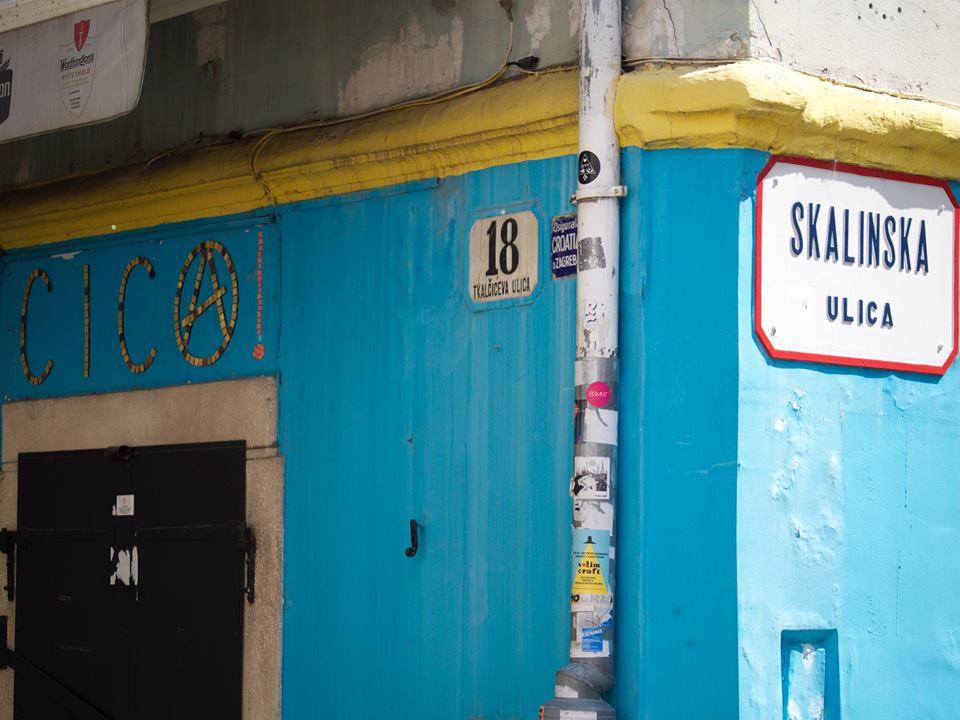
Zagreb, Croatia 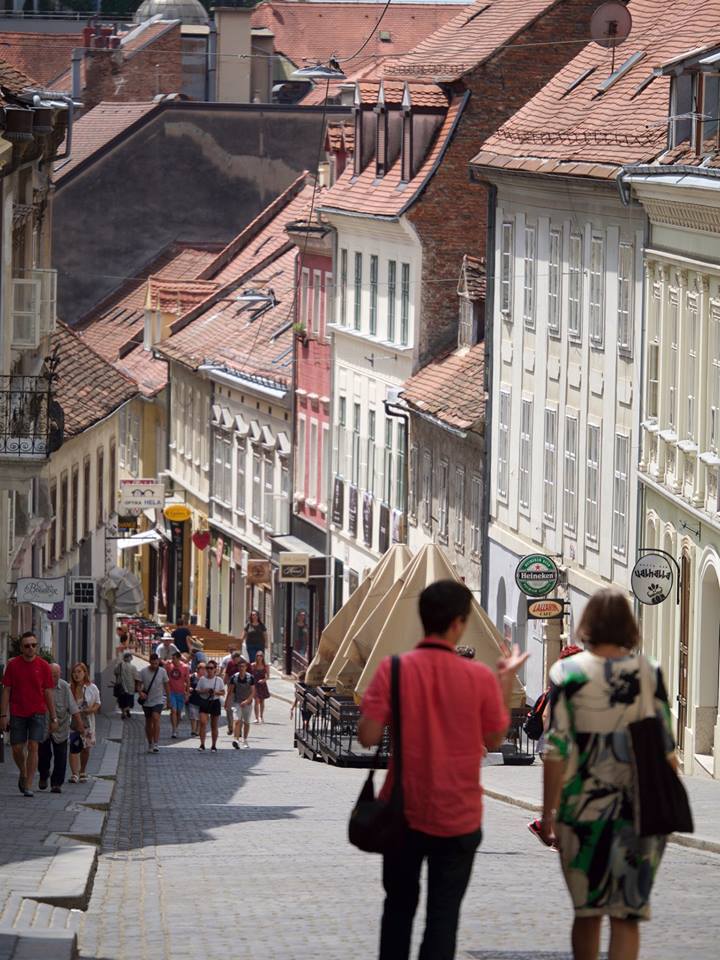
Zagreb, Croatia
Even though a central focus of our itinerary is the Jewish heritage of Croatia, our tour includes much more. Northwest of Split lies the fascinating historic city of Trogir, recognized by UNESCO for its complex of Romanesque, Baroque, Venetian, and Renaissance buildings. Located on an island just off the mainland, you can enjoy the spectacular Trogir cathedral, the charming cobblestoned alleys, and the old harbor. Our coastal drive continues through northern Dalmatia. Along the way lies the medieval town of Šibenik, site of the famed Cathedral of St James (built in 1432-1555). Further along the coast lies Dalmatia’s northern hub – Zadar. This charming seaside town with layers of Illyrian, Roman, Byzantine, and Venetian history. Zadar is also home to two unique sites: a Sea Organ emitting natural music generated by the movement of the sea; and the Sun Salutation installation which collects sunlight and then produces a hypnotic nighttime light show.
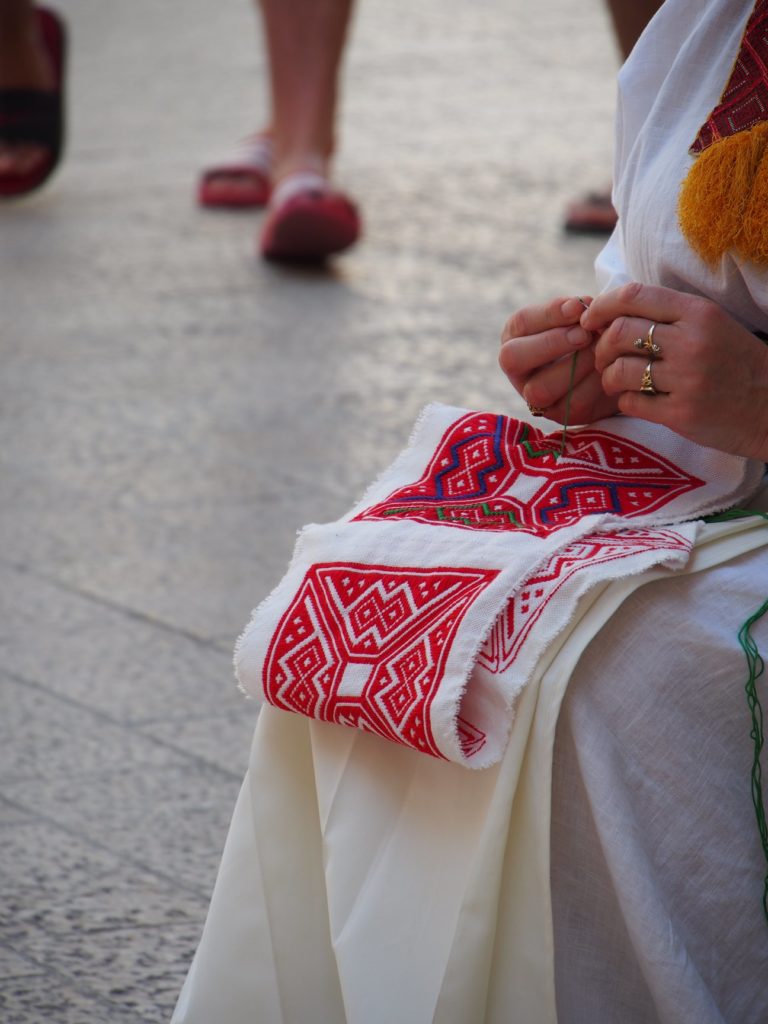
Dubrovnik, Croatia 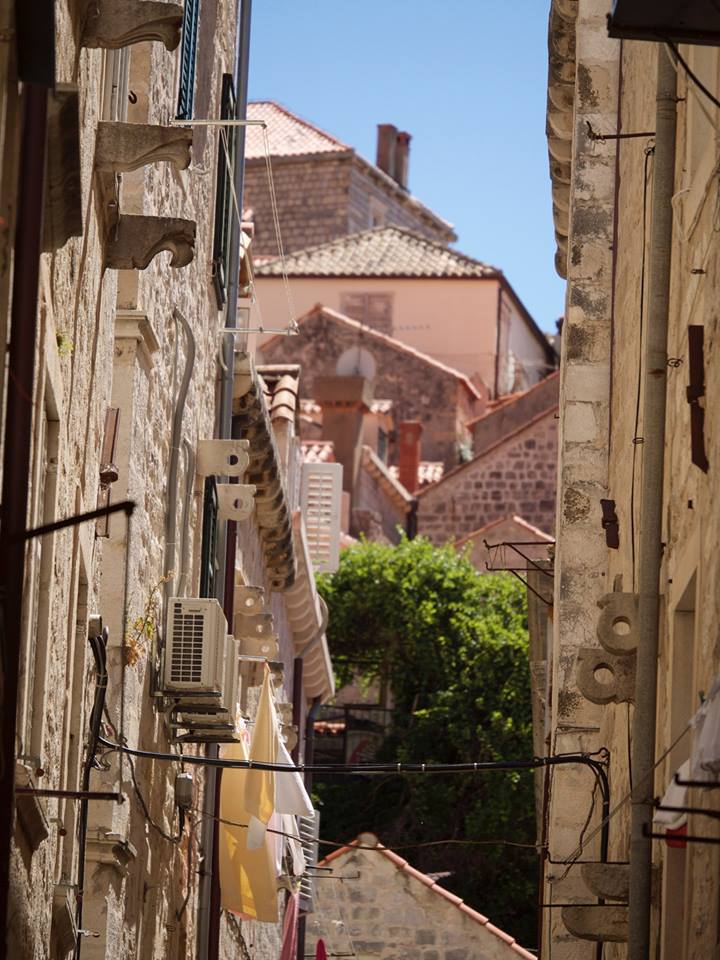
Dubrovnik, Croatia 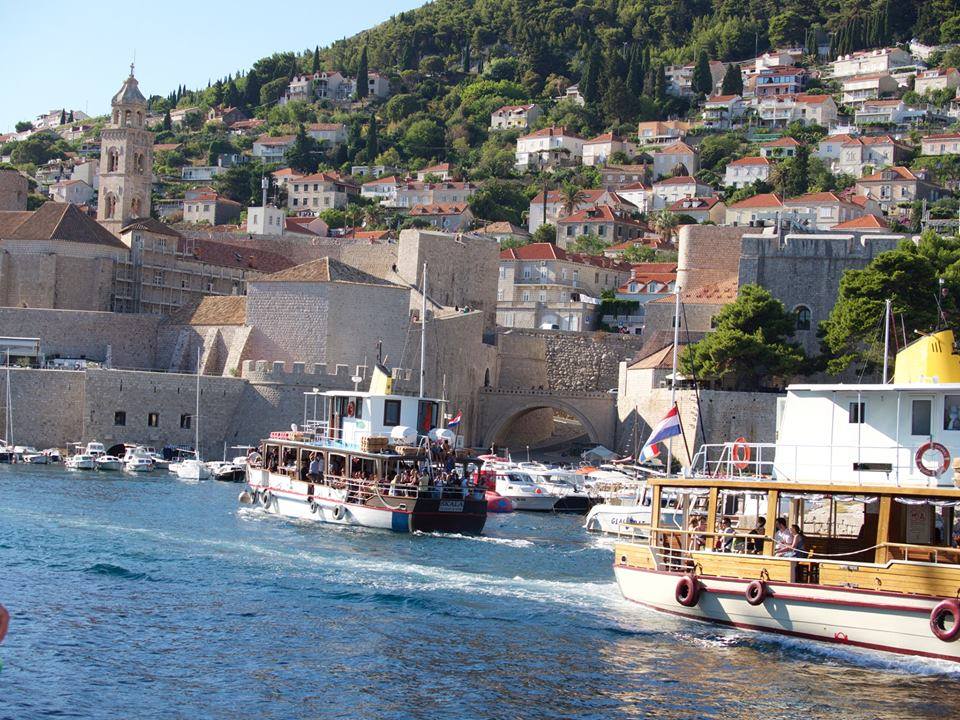
Dubrovnik, Croatia
Croatia is equally famous for its impressive natural beauty. As we ride through central Croatia, or Croatia proper, you can take in the natural beauty of the country’s inland geography, dotted by mountain chains and castles perched on hilltops. The Plitvice Lakes are the most spectacular natural formation in the region – and arguably in the entire country. The natural park is one of Europe’s top UNESCO World Heritage sites. Plitvice comprises sixteen turquoise, crystal-clear lakes, a series of stunning waterfalls, dense forests, and a system of wooden bridges and boardwalks.
For a detailed, day-by-day itinerary of our Croatia Jewish tour, please send an email to benatov@gmail.com or fill out our contact form.
A note about our hotels: our detailed Croatia Jewish tour itinerary includes the full list of hotels. We stay in handpicked, top-notch, centrally-located, quality four-or-five-star hotels. So much so, that some of our luxury hotel choices even warrant a special word of warning. Our five-star boutique hotel in Dubrovnik, for example, is located in a serenely pristine bay, just a 10-minute ride from the hustle and bustle of Dubrovnik’s Old Town. After spending two nights in this idyllic location – watching the sun set into the orange-tinged waters of the Adriatic – you may find leaving a tad difficult. And as we cross the border into Slovenia, our five-star Ljubljana hotel is located in the very heart of the charming capital. Directly across the pedestrian street from it, though, lies possibly the most delicious hand-crafted chocolate shop in the whole of Slovenia, so enter at your own peril.
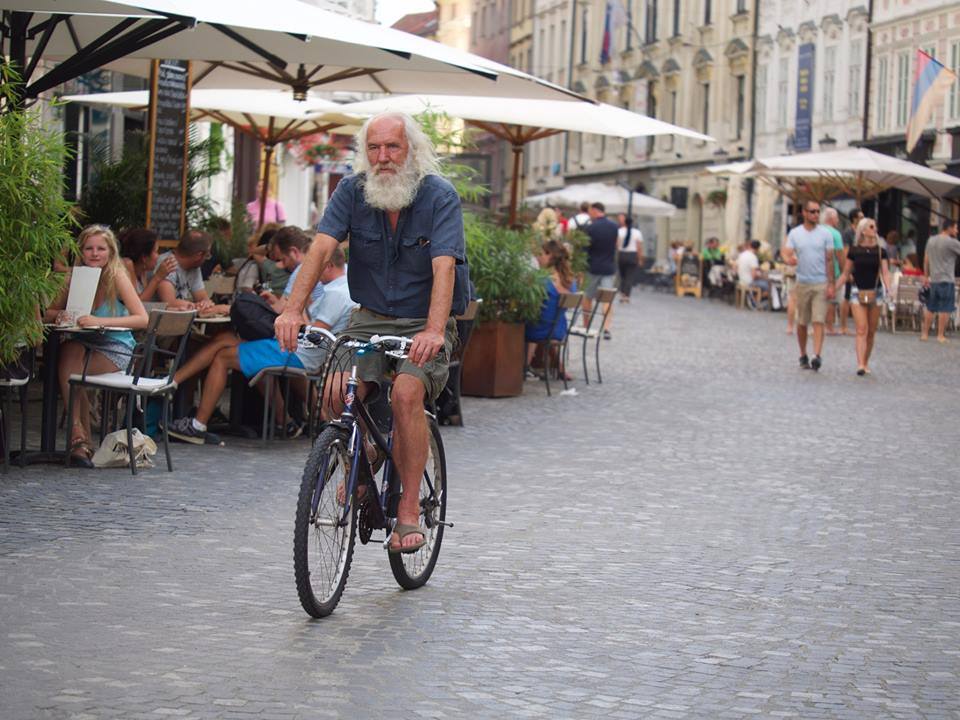
Ljubljana, Slovenia 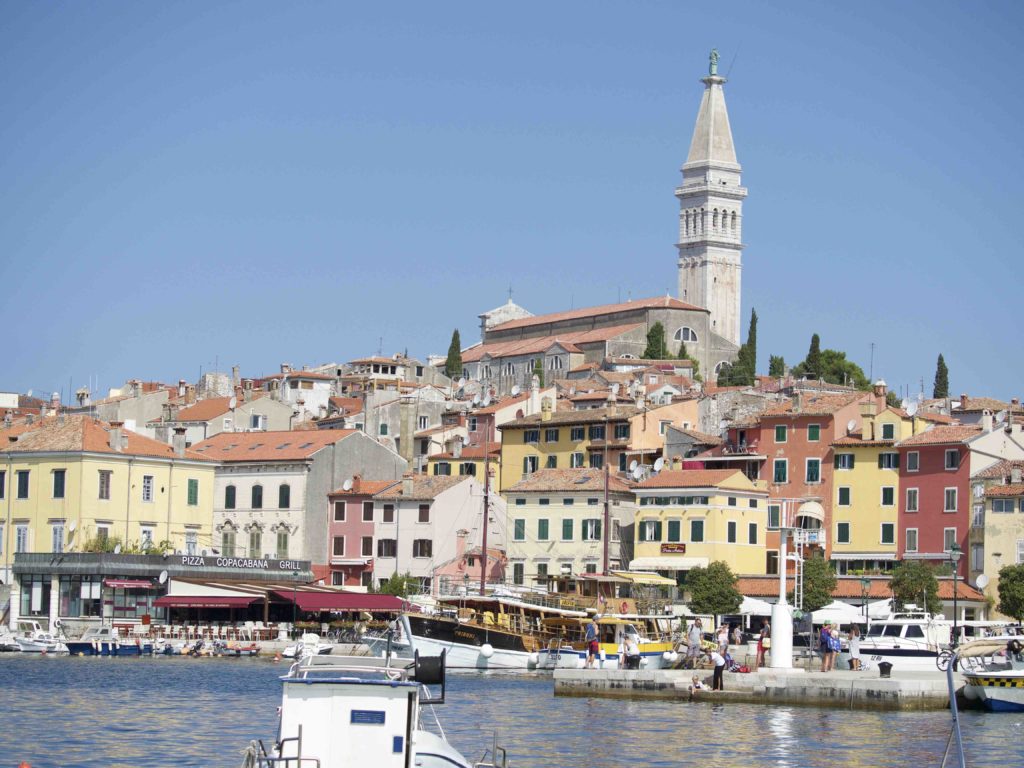
Rovinj, Croatia 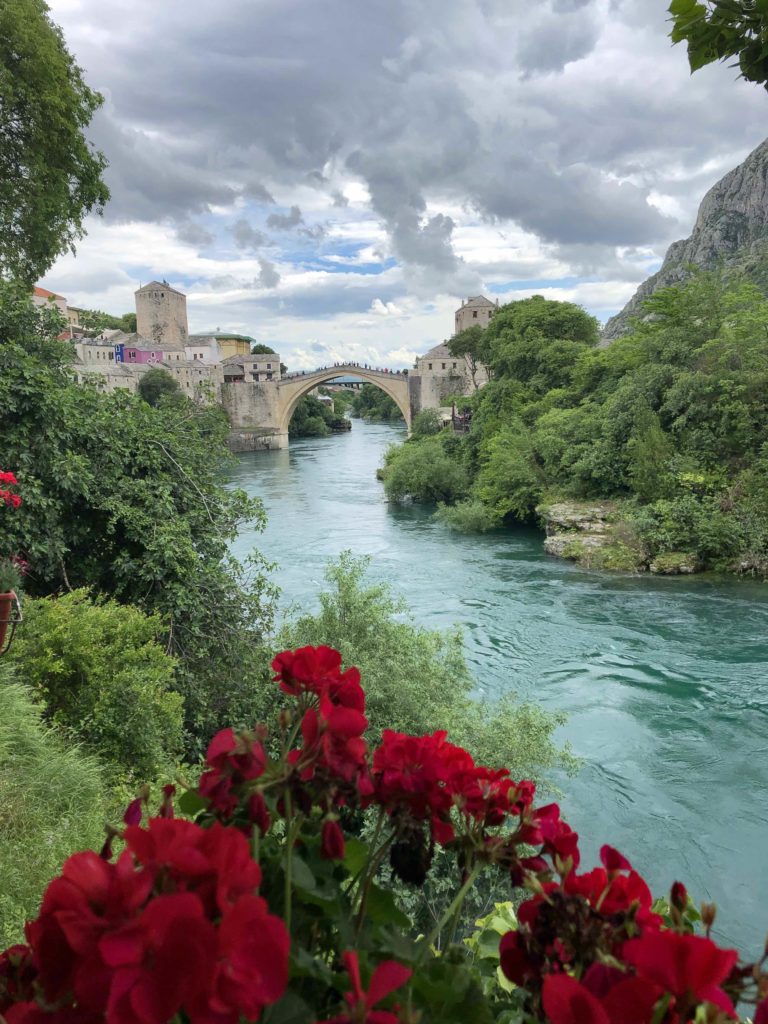
Old Bridge, Mostar
Our Croatia Jewish Heritage Itinerary at a glance (contact us to request a detailed day-by-day itinerary):
Day 1: Dubrovnik
Late afternoon arrival in Dubrovnik after exploring for three days the Jewish heritage of Bosnia and Herzegovina. Overnight in a boutique five-star hotel in Dubrovnik.
Day 2: Dubrovnik city tour
We will explore the rich Jewish legacy of Dubrovnik and pay special attention to its sites of general interest. We will stop for a panoramic view of the old town. Our Jewish tour of Dubrovnik includes stops and the Dubrovnik synagogue and Jewish museum. As we walk along Stradun, the main pedestrian thoroughfare of the Old Town, we’ll talk about the maritime Republic of Ragusa, as Dubrovnik was known after it attained independence from Venice in the 1300s. Other Dubrovnik highlights include the city wall, the port, the Church of St Blaise, the Sponza Palace and the fort of St John. Overnight in a boutique five-star hotel in Dubrovnik.
Day 3: The Adriatic Coast—Split
Our drive along Dalmatia’s breathtaking southern Adriatic coast passes by medieval Ston, whose defense walls are sometimes likened to the Great Wall of China. The scenic region we’ll be traversing is home to sunny vineyards, Franciscan monasteries, craggy cliffs, and oyster farms. Our final destination today is Split, Dalmatia’s undisputed hub. After we check into our hotel, you will have some free time in the afternoon to start exploring what bustling Split has to offer. The Ivan Meštrović Gallery, for example, is dedicated to the work of Croatia’s internationally renowned sculptor. Overnight in centrally located hotel in Split.
Day 4: Split
Our Jewish tour of Split includes the synagogue and Jewish community center, the historic Jewish neighborhood, Dioclecian’s Palace with its fascinating menorah wall engravings, the Jewish cemetery, the Morpurgo bookstore, owned by one of the most prominent Jewish families, and much more. Overnight in centrally located hotel in Split.
Day 5: Split—Trogir—Zadar
Visit historic Trogir, a UNESCO world heritage site. Drive along the coast of northern Dalmatia, via Sibenik, to ancient Zadar (or Zara). After year of fighting over the city between Hungary and Venice, the Hungarian Kind Landislau sold the city to Venice for 100,000 ducats. Zadar is famous throughout Europe and beyond for its particularly spectacular sunset over the waters of the Adriatic. Not to be missed are also Zadar’s Sea Organ and Greeting to the Sun art installations. Overnight in boutique five-star hotel in Zadar.
Day 6: Plitvice Lakes—Zagreb
Our drive through central Croatia takes us to Croatia’s most stunning national park — the Plitvice Lakes. Take in the beauty of serene turquoise lakes, towering waterfalls, and fragrant pine and beech forests. We then continue on to Zagreb — Croatia’s vibrant capital. Overnight in centrally located five-star hotel in Zagreb.
Day 7: Zagreb Jewish Tour
We will start our day with a visit of Zagreb’s architecturally impressive Jewish cemetery, part of the city’s 1876 Mirogoj cemetery (the work of architect Hermann Bolle). We will also visit the Jewish community center, and the Jewish museum, and the site of the destroyed Zagreb synagogue. Other landmarks along our tour include the lively Dolac marketplace, the Upper Town, the Cathedral of the Assumption, the Church of St Mark, and the parliament building. We also highly recommend riding the funicular, and we may very well do so as a group.
Day 8: Slovenia and Trieste
Today we depart Croatia and continue our Jewish heritage tour in Slovenia and Trieste, where we will spend the last three days of our itinerary.
A bit of trivia from Jewish Croatia:
- David Schwartz (1850-1897), a Hungarian Jew who spent most of his life in Zagreb (known as Agram during the Hapsburg period), created an airship which was an early predecessor to the Zeppelin.
- Branko Lustig (1932-2019) was born in Osijek, Croatia, survived Auschwitz, and won an Oscar as one of the producers of Schindler’s List. (He then won a second Oscar for Gladiator.) It was on Lustig’s suggestion that Fiddler on the Roof was filmed in the Croatian village of Lekenik, outside of Zagreb.
- Sculptor Oscar Nemon (190-6-1985) was also born in Osijek, then part of Austria-Hungary. Best known for his sculptures of Churchill, he also sculpted portraits of Freud, Eisenhower, and members of the British royal family.
- Fiorello La Guardia traces his Sephardic roots, via Trieste, to the prominent Luzzatto Italian-Jewish family. He worked at the US consulate in Rijeka (Fiume) from 1903 to 1906.
- Prominent Zagreb Jews include the artist Oskar Hermann (1886-1974); pianist Julius Epstein (1832-1926); and Mavro (Moritz) Sachs (1817-1888), a prominent doctor, the founder of Croatian forensic medicine, and the first president of the Zagreb Jewish community. Sachs’s father, Mendel ben Elijahu, was a doctor in his own right and a mohel.
- Amato Lusitano was a prominent 16th-century Portuguese Jewish doctor who spent some time in Ragusa (Dubrovnik). Lusitano then relocated to Thessaloniki (Salonica), the Sephardic metropolis known as “The Jerusalem of the Balkans,” which became his final resting place. The rich history of Jewish Salonica is part of our Jewish heritage tour of Bulgaria, North Macedonia, and Greece.
- Another 16th-century Portuguese Jew to have lived in Dubrovnik for some fifty years is the celebrated humanist and poet Didacus Pyrrhus. Upon arrival to Dalmatian Ragusa, Pyrrhus, a crypto-Jew, officially returned to Judaism and adopted the name Isaiah Kohen.
- Rabbi Josea Jacobi (1841-1925) became the chief rabbi of Zagreb in 1867. Jacobi was an important educator and activist. He wrote his doctorate on the status of the Jewish woman based on the biblical view of marriage. In 1885 he delivered the first sermon in Croatian (rather than German). In 1919, Friedrich Pops and Hugo Spitzer, Jacobi’s son-in-law, founded the Yugoslav Federation of Jewish Communities.
- Diocletian’s Palace in Split, dating back to the early 4th century CE, contained a synagogue on its premises, referred to in documents as the Great Synagogue.
- The Jews of Ragusa (Dubrovnik) were expelled from the city in 1515, but allowed to return in 1532, following Ottoman intervention.
- About 50 miles north of Zagreb, the Jewish community of the town of Varaždin was established around the middle of the 18th century. From 1812 to 1849, the community’s rabbi was Yekutiel Hirschenstein, a prominent advocate of proto-Zionism.
- Zagreb-born Rudolf Lubinski was one of Croatia’s most prominent art nouveau architects. He designed the imposing 1930 Sephardic Synagogue in Sarajevo, Il Kal Grande.
